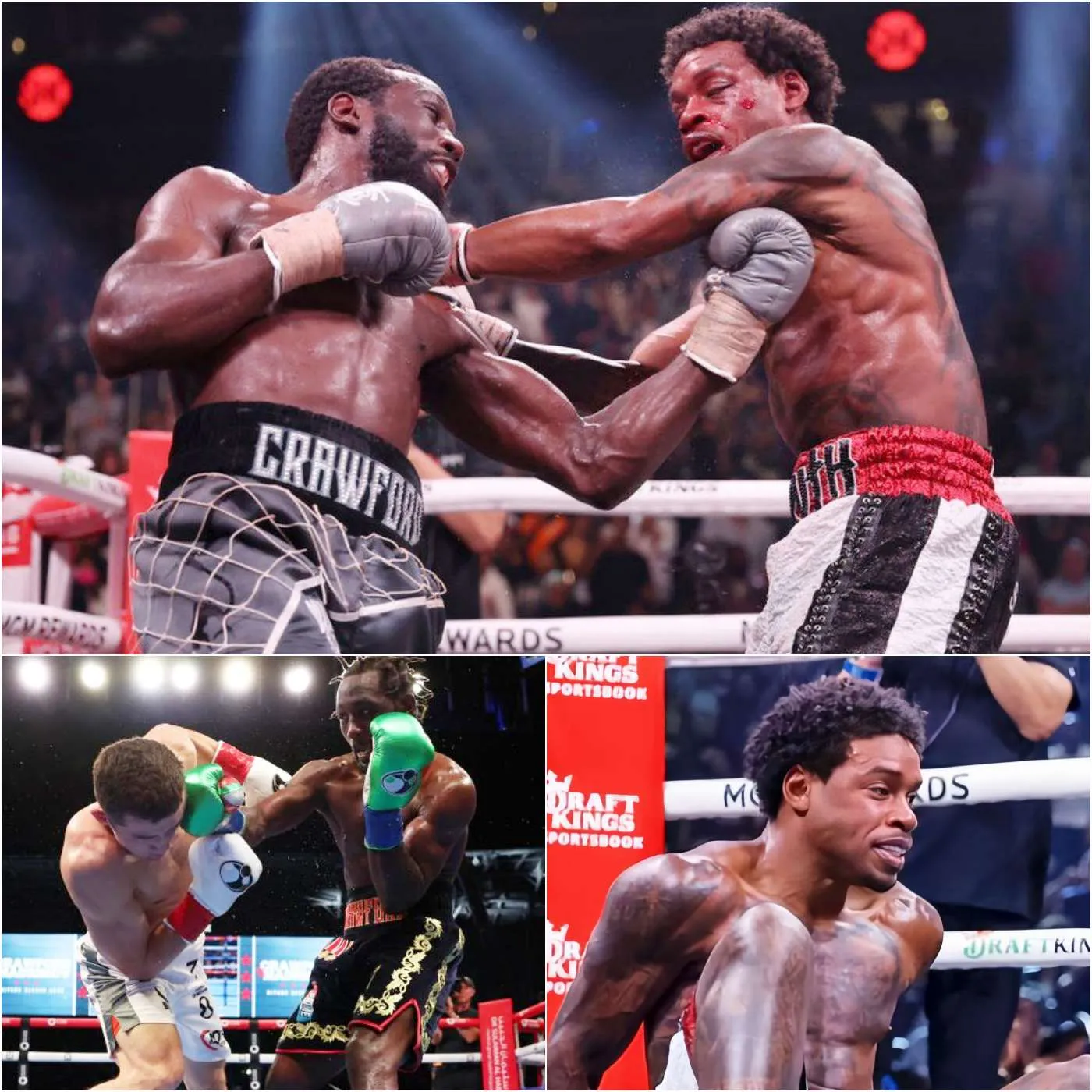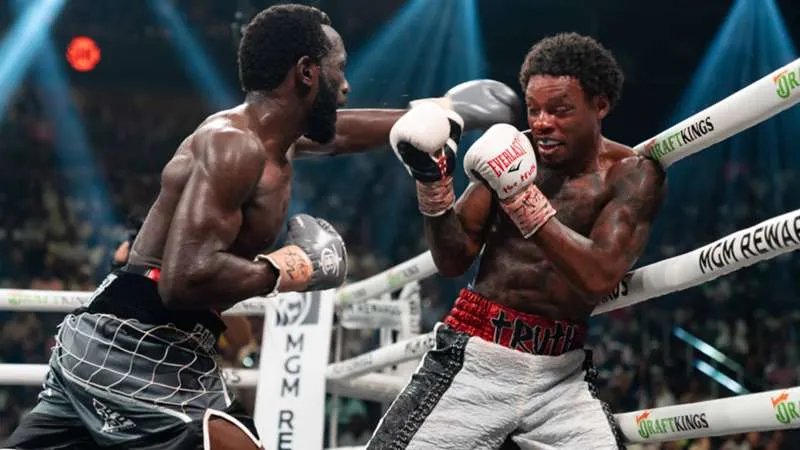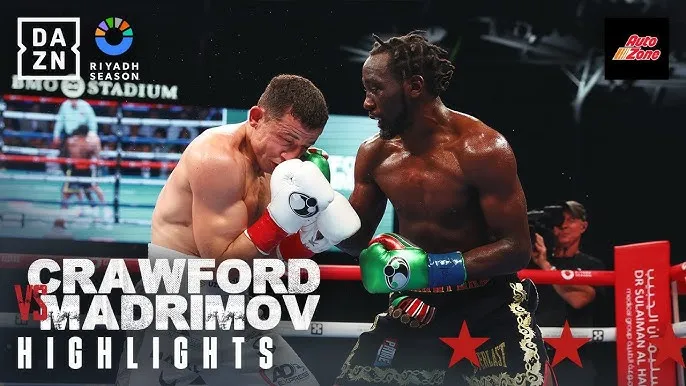“BAD REVENUE” Terence Crawford ANNOUNCES Errol Spence Jr. Fight Only Made 650K Buys, Grossed $55M, Not Half of Israil Madrimov Fight
Terence Crawford has recently revealed some surprising figures regarding his high-profile bout against Errol Spence Jr. The fight, which was one of the most anticipated matchups in recent boxing history, reportedly garnered around 650,000 buys and grossed approximately $55 million. Crawford’s announcement highlights a significant discrepancy when compared to the revenue generated by his previous fight against Israil Madrimov.

The fight between Crawford and Spence, held at a major venue and heavily promoted, was expected to draw a large audience and generate substantial revenue. Despite the high-profile nature of the event and the significant financial gross, the reported 650,000 buys fell short of expectations. The figures suggest that while the event was financially successful, it did not reach the anticipated level of viewership.
Crawford’s revelation about the revenue from the Spence fight contrasts sharply with the performance of his bout against Israil Madrimov. The Madrimov fight, which was perceived as less high-profile, reportedly generated double the revenue and viewership compared to the Spence fight. This disparity has raised questions about the factors influencing the financial performance of major boxing matches.
The significant difference in revenue between the Spence and Madrimov fights has sparked a discussion about the potential reasons behind it. Factors such as marketing strategies, pay-per-view pricing, and audience interest are often scrutinized when analyzing the financial success of sporting events.
Crawford’s comments suggest that despite the substantial gross from the Spence fight, the returns did not meet expectations, especially when compared to the Madrimov fight. This revelation has led to speculation about the effectiveness of promotional efforts and the overall marketability of the Spence matchup.

The announcement has generated considerable discussion within the boxing community and among fans. Industry experts and analysts are examining the reasons behind the revenue discrepancy, exploring whether it was due to factors such as timing, competitive matchups, or audience fatigue.
Fans and commentators have expressed mixed reactions, with some questioning the marketing strategies and promotional efforts for the Spence fight. Others are debating whether the figures accurately reflect the fight’s success or if there were other contributing factors.
The revenue figures from the Crawford-Spence fight and the comparison with the Madrimov bout are likely to influence future promotional and marketing strategies in boxing. The revelation may lead to adjustments in how major fights are marketed and promoted to maximize viewership and revenue.

As Crawford and his team analyze the outcomes and feedback, the insights gained from this experience could impact how future high-profile matches are approached. The boxing industry will be closely watching to see how these revelations influence the planning and execution of upcoming events.
Terence Crawford’s announcement about the revenue and viewership of his fight against Errol Spence Jr. highlights a notable discrepancy compared to his previous bout with Israil Madrimov. The figures, showing 650,000 buys and $55 million in gross revenue, suggest that while the event was financially successful, it did not meet the anticipated expectations. The industry and fans will be keenly observing the implications of these revelations for future boxing promotions and strategies.





